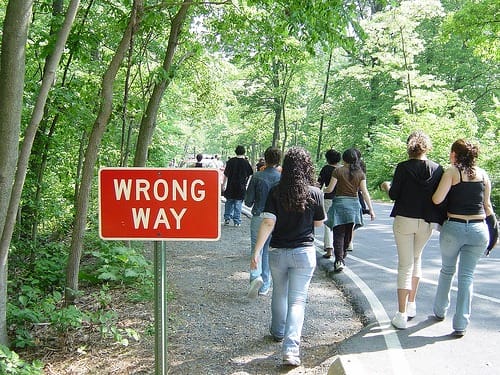Introduction
Understanding group decision-making dynamics is vital in workplace safety. This article explores the Abilene Paradox, a critical factor in employee well-being, focusing on its psychological underpinnings and impact on safety. We suggest proactive strategies to tackle these issues effectively.
Psychological Underpinnings of the Abilene Paradox
Cognitive biases and social pressures heavily influence workplace safety, as seen in the Abilene Paradox. This phenomenon occurs when individuals prioritize group harmony over personal convictions, leading to ‘pluralistic ignorance’. We’ll investigate how this mindset results in unsafe group decisions and explore ways to foster individual assertiveness.
The Paradox and Safety Dynamics
In the context of worker safety, this paradox can drive teams towards risky behaviours, despite individual reservations. It’s a blend of conformity and the desire for harmony. Understanding these psychological aspects is key to enhancing safety measures.
Strategies to Mitigate the Paradox
Encouraging Dialogue: Open communication is crucial in any workplace. Recognizing and addressing the paradox’s signs helps prevent safety compromises.
Demonstrating Leadership: Leaders play a vital role in mitigating the paradox’s effects on safety. By valuing their team’s input on safety matters, they can dismantle harmful norms and foster a safety-first culture.
Boosting Empowerment: Empowering employees to challenge unsafe practices is essential. This approach is key to countering the paradox and ensuring adherence to safety protocols.
Enhancing Safety Measures: Introducing tools like anonymous feedback systems and regular safety audits allows employees to express concerns safely, providing a check against groupthink.
Prioritizing Improvement: Consistent efforts are required to address safety challenges effectively. Continuously updating safety protocols, based on employee feedback, ensures a proactive safety approach.
Conclusion
There’s a profound connection between the Abilene Paradox and workplace safety. By addressing its psychological aspects and implementing appropriate communication, leadership, empowerment, and continuous improvement measures, we can create a safer and more secure workplace. Our goal is to cultivate a culture where every individual actively contributes to maintaining a safe work environment.
If you would like to know more or would like our assistance in the areas mentioned check us out at www.intrinsicsafety.com.au. Alternately, call us on 1300 990 336 or email us at [email protected]



